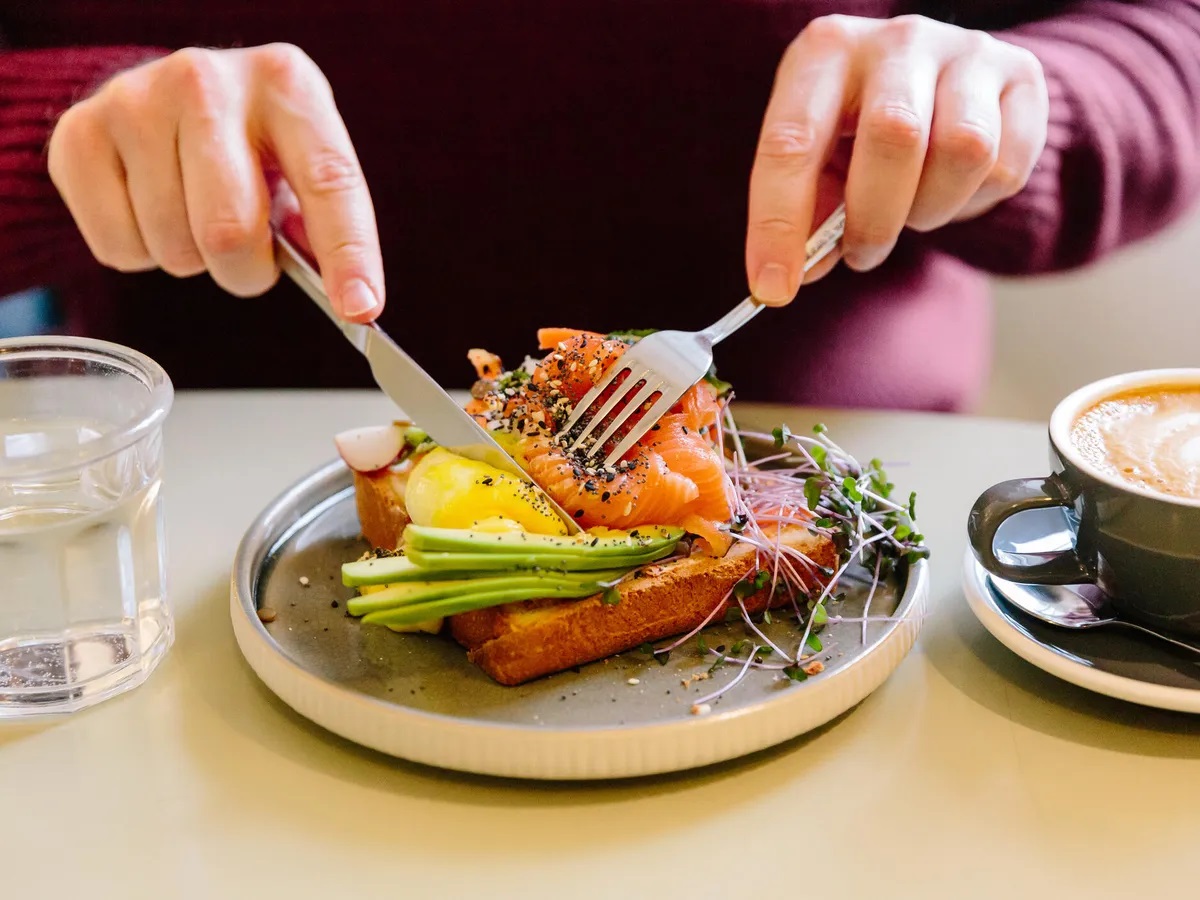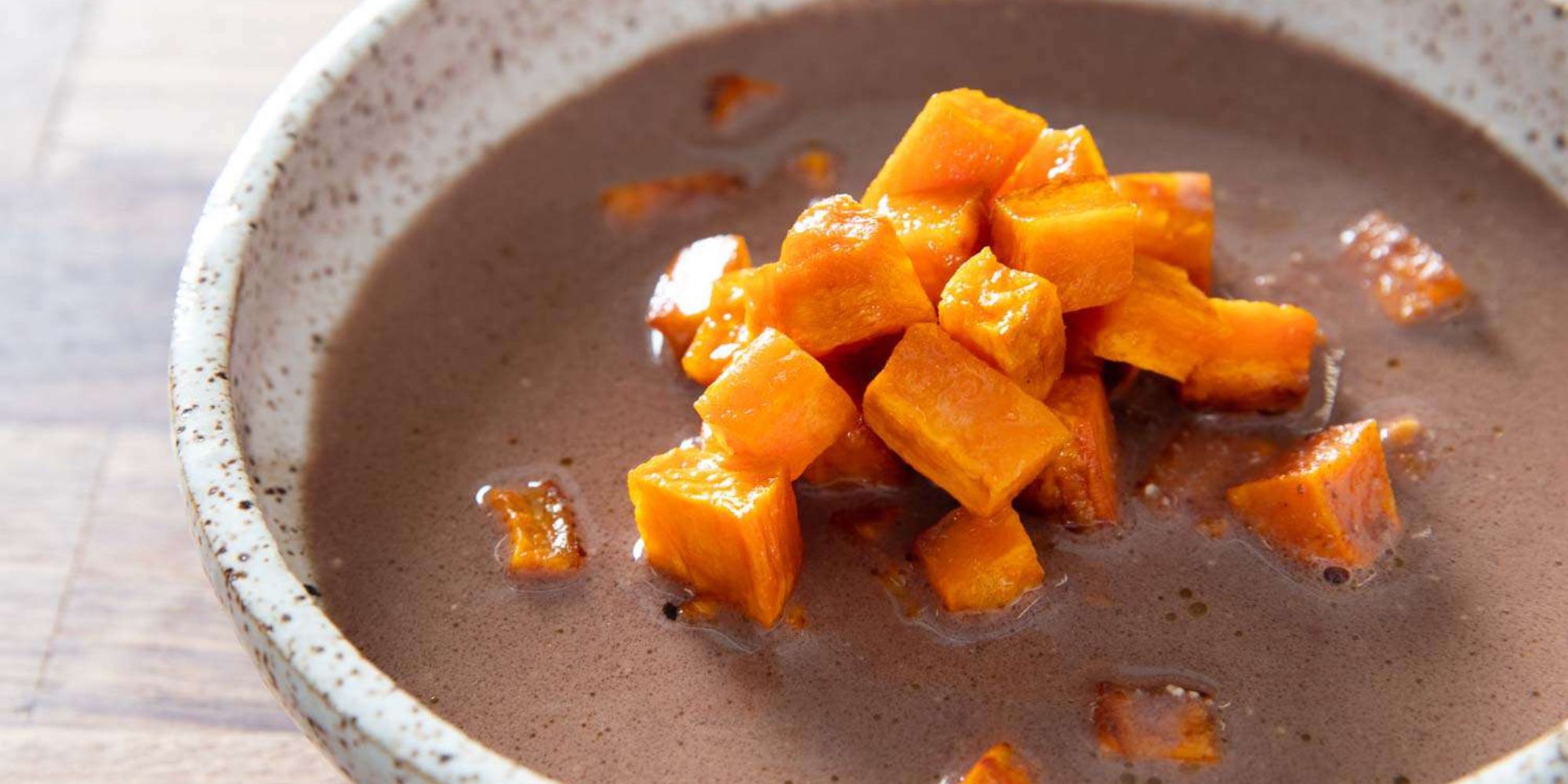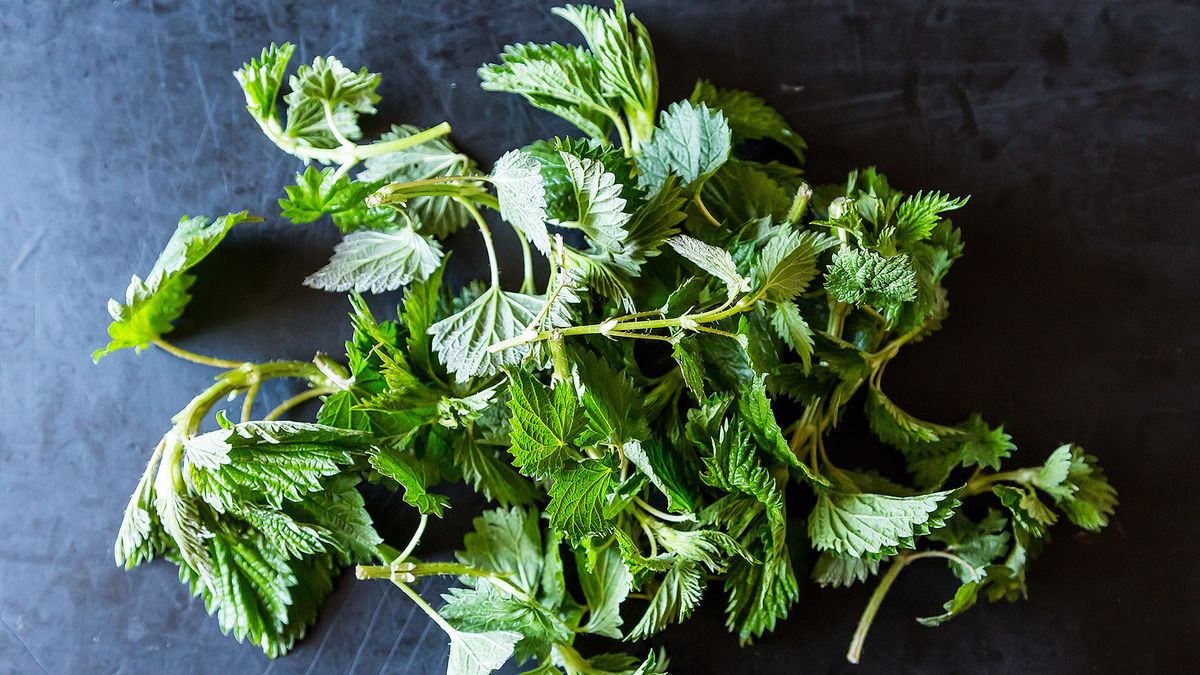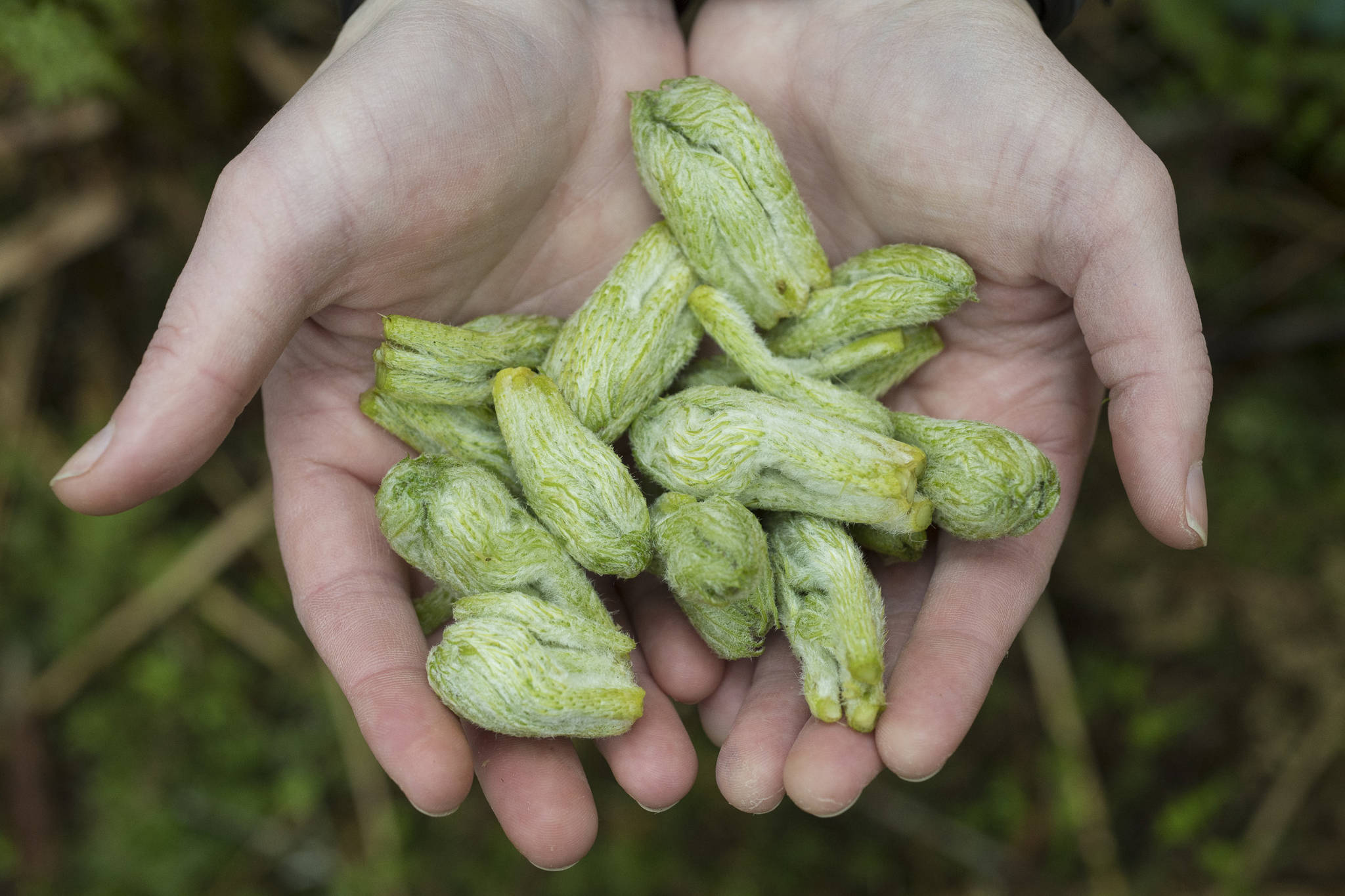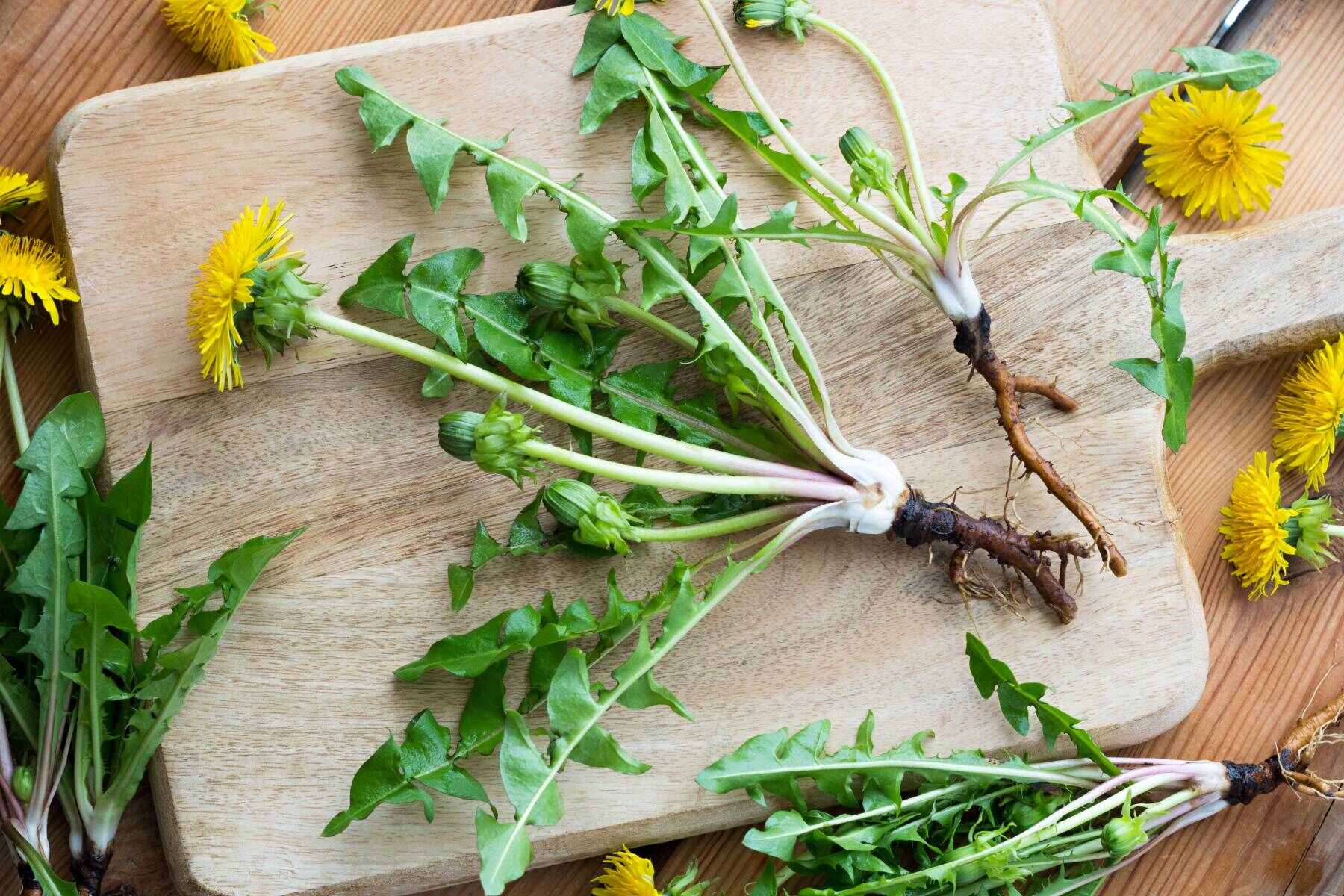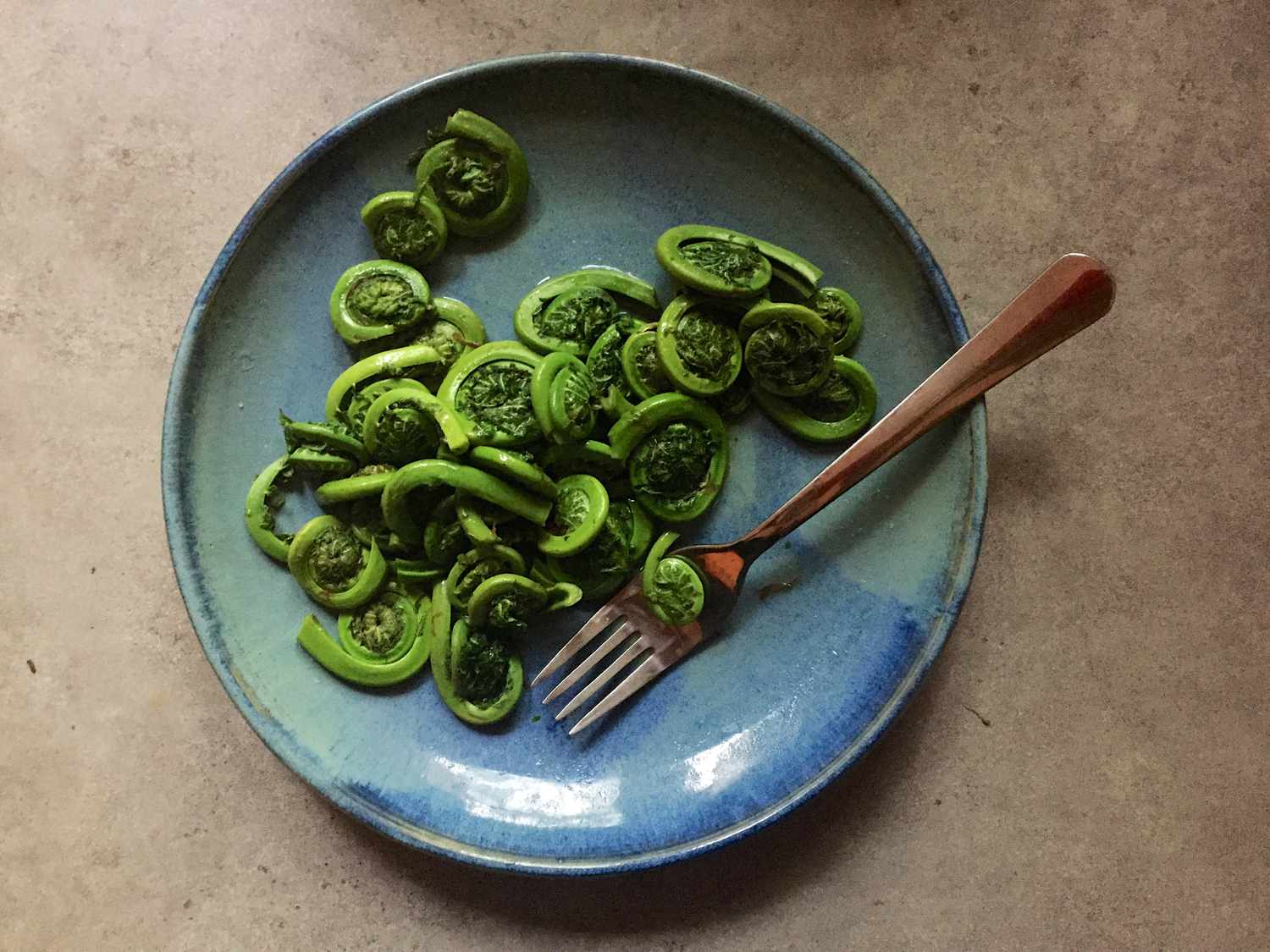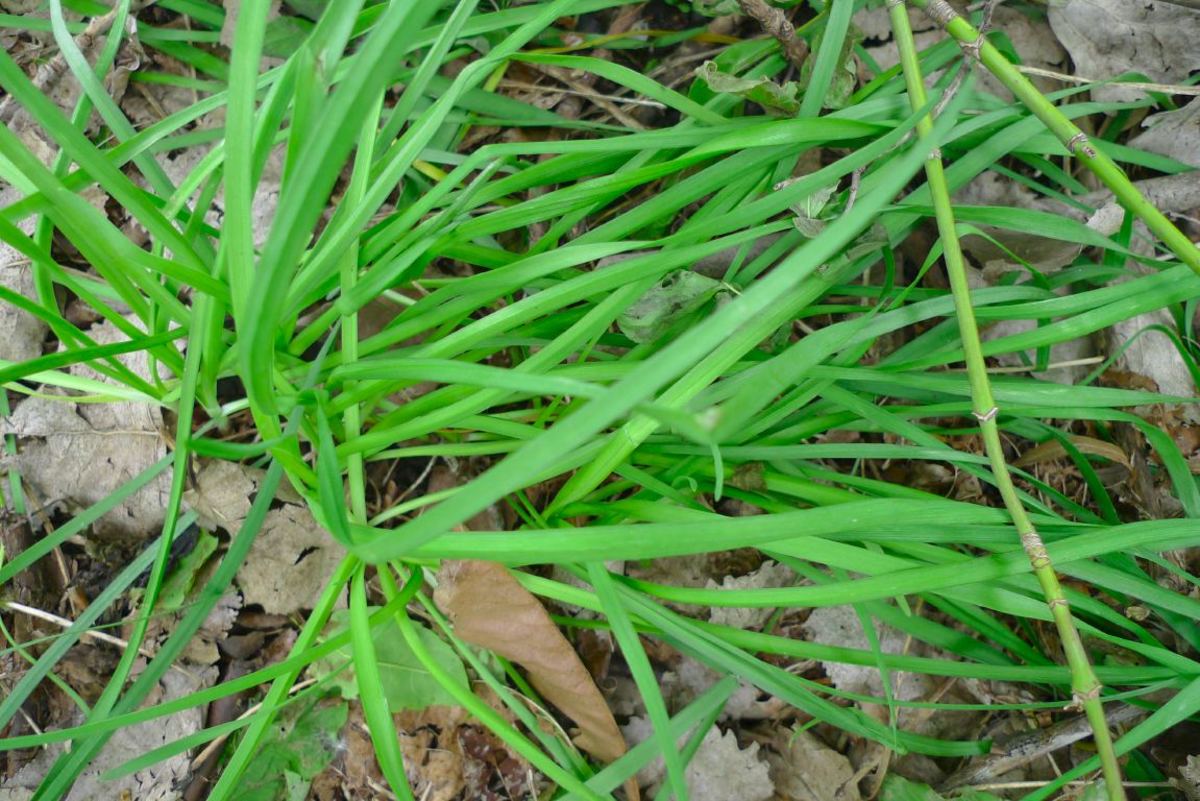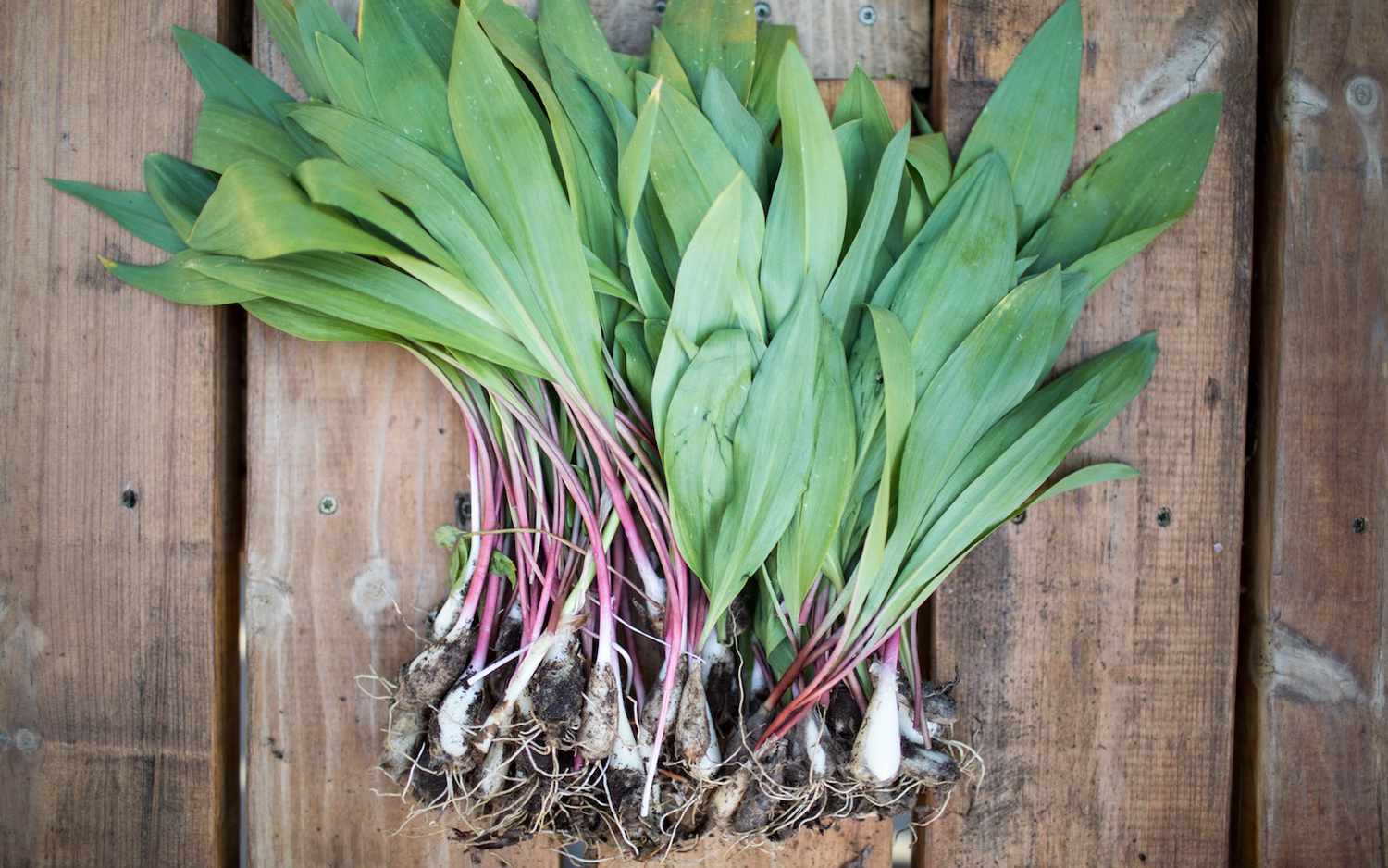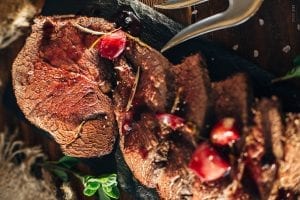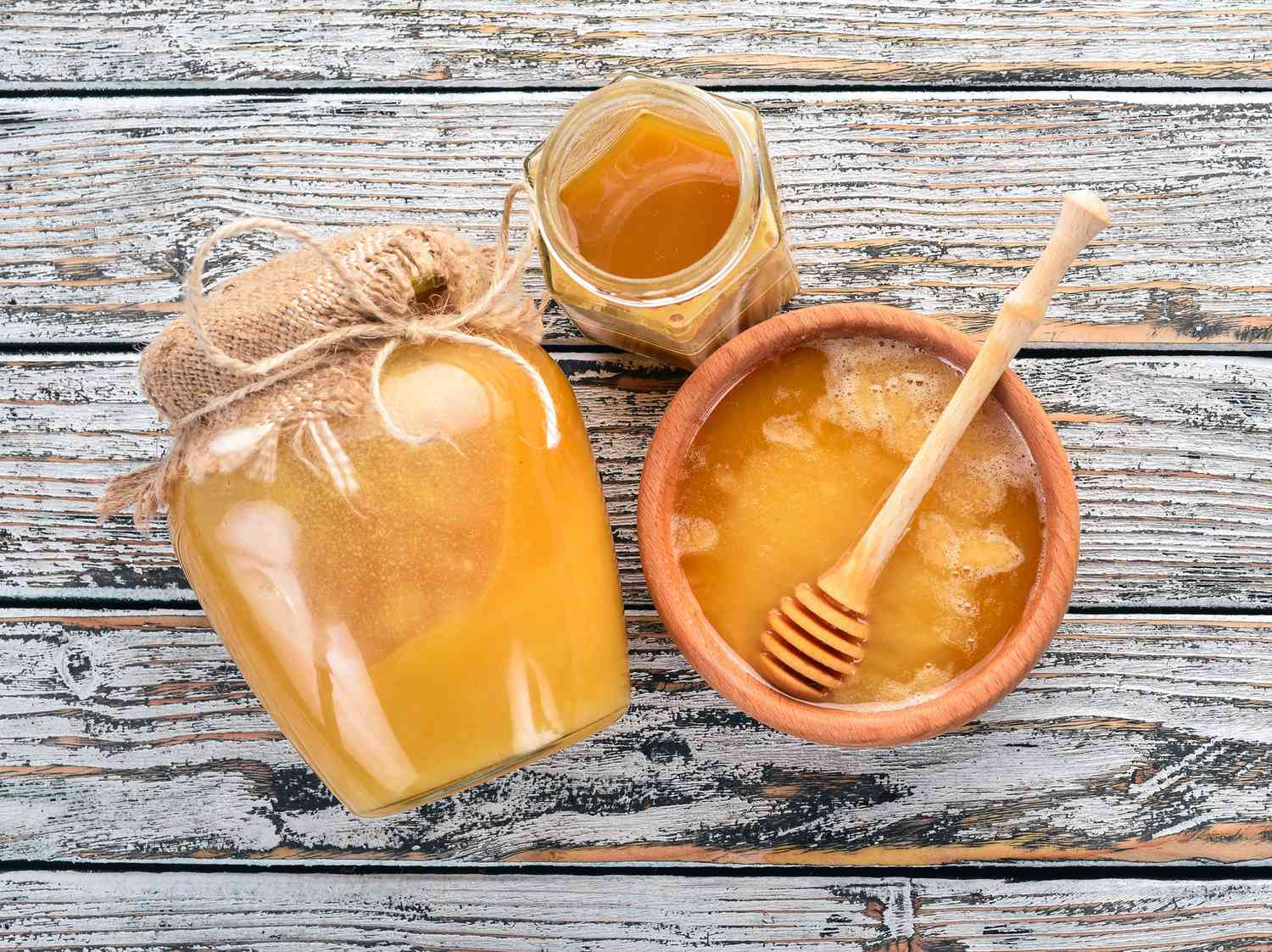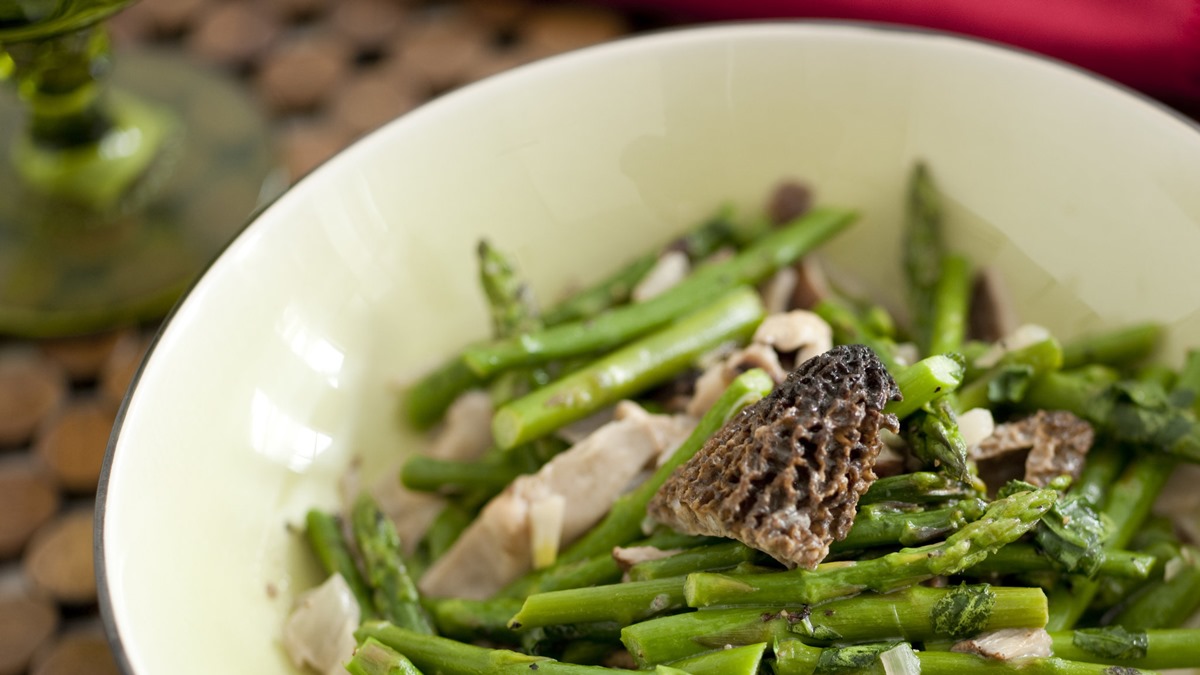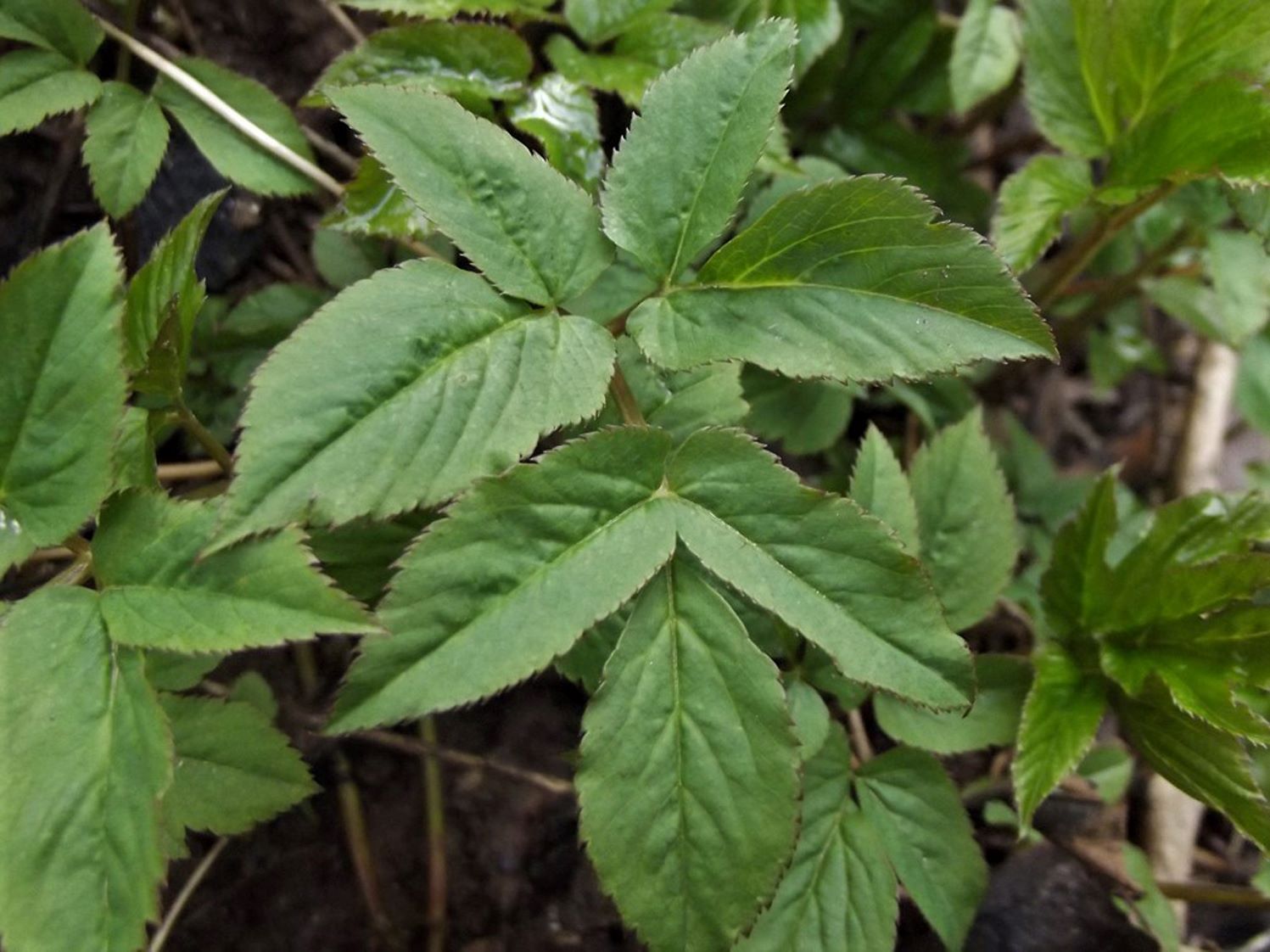Discover the Art of Foraging for Wild Edible Plants
When venturing into the great outdoors, it’s important to be equipped with the knowledge of how to identify and consume wild edible plants. Foraging for food in the wild can be a rewarding and sustainable way to connect with nature and nourish your body. Here are some essential tips for learning how to eat plants in the wild:
1. Educate Yourself
Before setting out to forage for wild plants, it’s crucial to educate yourself about the local flora. Invest in a reliable field guide or take a foraging class to learn about the different types of edible plants that can be found in your area.
2. Safety First
While there are many delicious and nutritious wild plants out there, it’s important to remember that not all plants are safe to eat. Some may be toxic or inedible. Always cross-reference your findings with multiple reliable sources and consult with experts if you’re unsure about a particular plant.
3. Start with the Basics
Begin your foraging journey by focusing on easily identifiable and commonly found edible plants. Plants like dandelions, wild strawberries, and stinging nettles are great options for beginners. Once you’re comfortable with these, you can gradually expand your repertoire.
4. Respect Nature
When foraging, it’s essential to do so responsibly and sustainably. Only take what you need, and be mindful of the environment and wildlife around you. Avoid over-harvesting and damaging the plants and their habitats.
5. Experiment with Recipes
Once you’ve gathered some wild edible plants, it’s time to get creative in the kitchen. Experiment with incorporating them into your meals. From salads and soups to teas and stir-fries, there are countless ways to enjoy the flavors and nutritional benefits of wild plants.
6. Connect with Local Foragers
Joining a local foraging group or community can provide valuable insights and opportunities to learn from experienced foragers. Engaging with like-minded individuals can enhance your foraging skills and deepen your appreciation for wild edible plants.
7. Always Double-Check
Even if you’re confident in your plant identification skills, it’s wise to double-check with an expert before consuming any wild plants, especially if you’re trying a new species for the first time. Safety should always be a top priority.
Remember, foraging for wild edible plants is a journey that requires patience, respect, and ongoing learning. By honing your skills and knowledge, you can savor the abundance that nature has to offer while treading lightly on the earth.
So, the next time you find yourself in the wilderness, take a moment to appreciate the edible treasures that surround you, and perhaps consider trying a bite of something new and wild.
